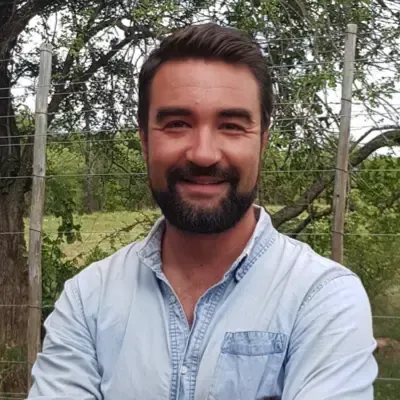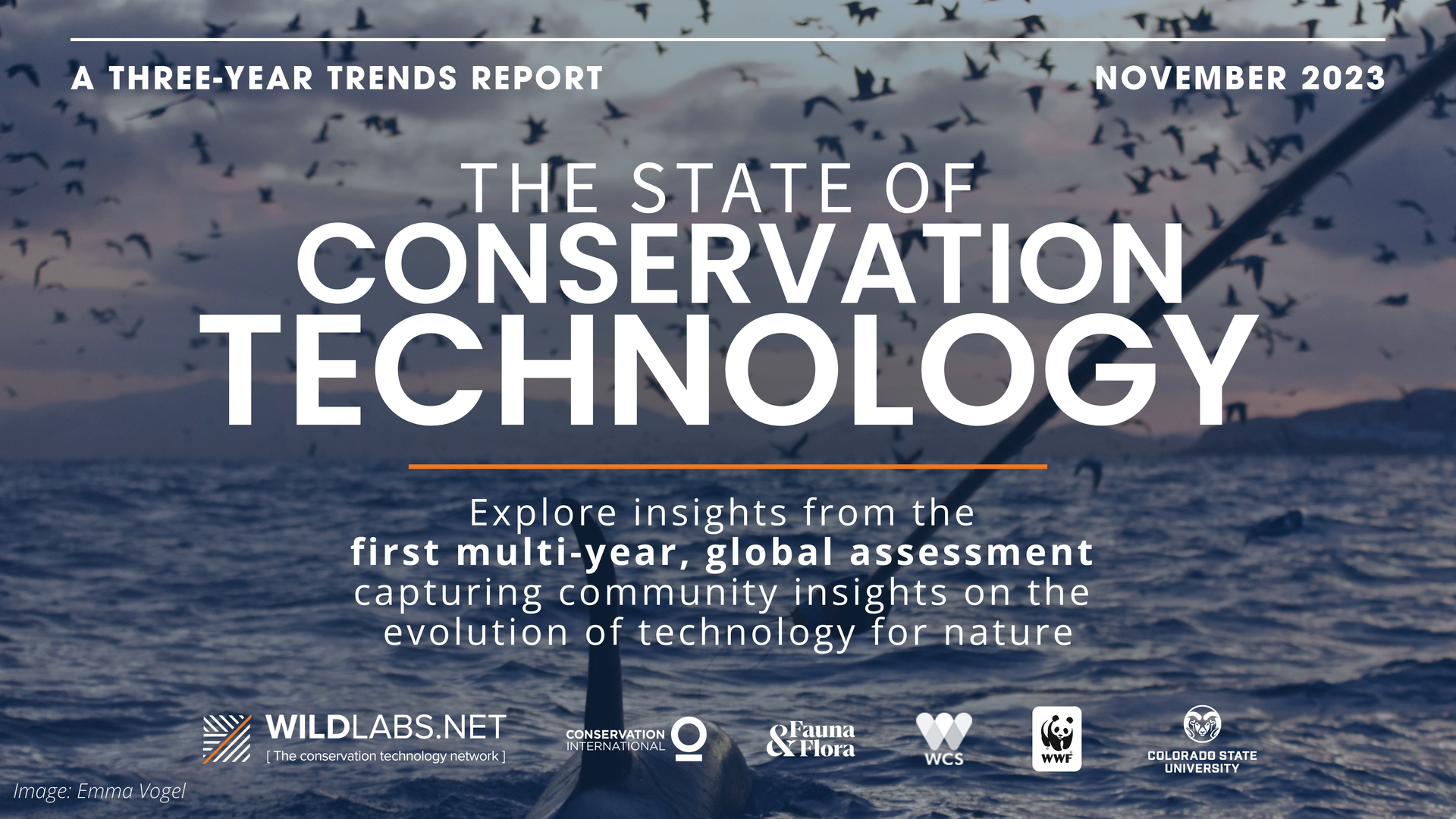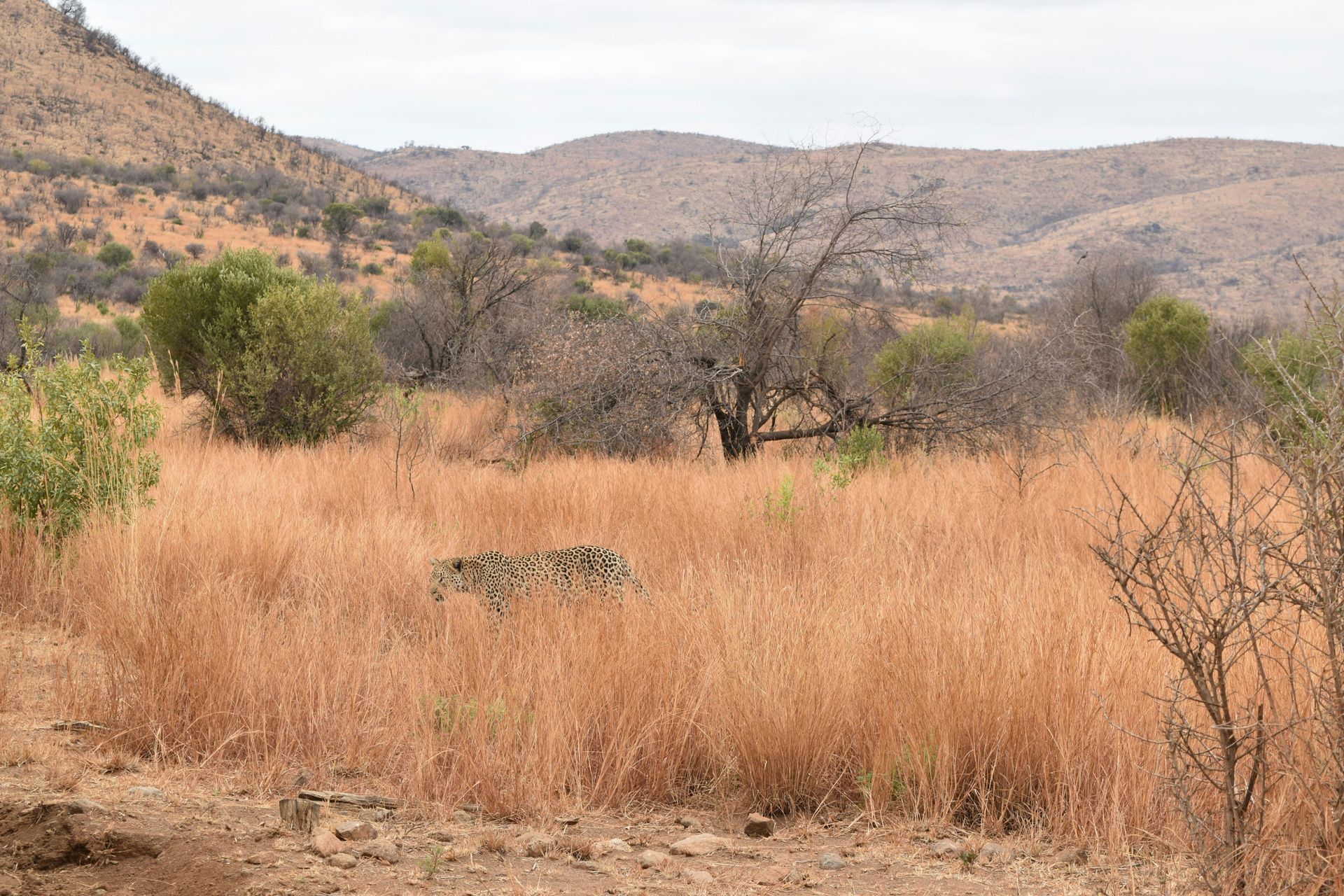The State of Conservation Technology: Five Key Findings from Talia Speaker
In her article, The State of Conservation Technology 2023: Five Key Findings, Talia Speaker, WILDLABS Research Specialist at WWF-US, provides an insightful analysis of the current landscape in conservation technology. As environmental challenges grow increasingly complex, the need to understand and effectively harness technological innovations for conservation becomes ever more pressing. Speaker’s research builds upon the 2021 WILDLABS report, revealing new trends and persistent challenges in the field. Here’s a deep dive into the five key insights she has identified
Key Takeaways
- Shifting Perceptions of Technological Potential: The perception of which technologies hold the highest potential has evolved since 2020, with GIS/remote sensing maintaining its top spot, while tools for protected area management and bioacoustics have gained prominence.
- Increased Engagement with Advanced Tools: There’s a growing trend in the use of AI tools, data management systems, biologgers, and networked sensors, signaling a shift towards more complex, data-driven conservation technologies.
- Persistent Sector-Wide Challenges: Competition for funding, duplication of efforts, and challenges in matching tech expertise to conservation needs remain critical issues, particularly for marginalized groups.
- Optimism Fueled by Positive Trends: Despite challenges, there’s increasing optimism within the community, driven by the rapid evolution and accessibility of technology, with collaboration and interoperability highlighted as key opportunities.
- WILDLABS’ Community Impact: WILDLABS has significantly influenced its members, helping to address key sector challenges and shaping the development of tools and programs that meet the evolving needs of the conservation technology community.
1. Shifting Perceptions of Technological Potential
Speaker's first key insight highlights the evolving landscape of conservation technology, specifically the changes in how various tools are perceived in terms of their potential. In 2020, GIS/remote sensing, drones, and mobile apps were considered the top-performing technologies, while AI tools, environmental DNA (eDNA), and networked sensors held the highest perceived potential to advance the field. However, by 2023, this outlook had shifted. GIS/remote sensing remained a top performer, but tools for protected area management and bioacoustics have now risen to prominence, while eDNA has seen a decline in its perceived potential. This fluctuation aligns with the technology hype cycle, illustrating the natural evolution from initial excitement to a more tempered and practical application of these tools.
2. Rising Engagement with Advanced Tools
The second insight Speaker points out is the growing engagement with certain advanced technologies. While camera traps and GIS & remote sensing continue to dominate in usage, there has been a noticeable uptick in the engagement with AI tools, data management and processing tools, bio-loggers, and networked sensors. This trend indicates a shift towards more sophisticated and data-intensive technologies, reflecting the community’s increasing focus on harnessing these tools to tackle complex conservation challenges.
3. Persistent Sector-Wide Challenges
Despite the advancements in technology, Speaker’s third insight reveals that the sector still faces significant, enduring challenges. Competition for funding and duplication of efforts remain critical issues, although there is some indication that the latter may be slightly decreasing. A new challenge, however, has emerged: matching technology expertise with conservation needs. Additionally, Speaker highlights that historically marginalized groups, such as women and those from lower-income countries, continue to face disproportionate challenges in accessing and utilizing these technologies, emphasizing the need for more inclusive approaches in the field.
4. Growing Optimism Fueled by Positive Trends
In her fourth key insight, Speaker notes a growing optimism within the conservation technology community. This optimism is driven by two main trends: the rapid evolution of technology and the increasing accessibility of these tools. As technologies become more user-friendly and affordable, the potential for widespread adoption increases, offering new opportunities to advance conservation efforts. Speaker emphasizes that improving collaboration, information sharing, and the interoperability of tools and data are seen as the primary opportunities for moving the sector forward.
5. WILDLABS’ Impact on the Community
Finally, Speaker’s fifth insight focuses on the tangible impact that WILDLABS has had on the conservation technology community. As the go-to hub for conservation tech, WILDLABS has significantly influenced its members, particularly in addressing key challenges within the sector. Speaker underscores the importance of this community-driven approach, noting that the data collected from WILDLABS members is crucial for understanding the sector’s evolving needs and developing programs that respond effectively.
Amplifying a United Voice
Talia Speaker’s analysis in The State of Conservation Technology 2023 not only provides a snapshot of where the field stands today but also offers a roadmap for where it could go. By synthesizing the insights of conservation tech users and developers worldwide, Speaker’s work amplifies a united voice aimed at driving progress toward impactful solutions for our planet. As we move forward, it’s clear that the key to success lies in collaboration, inclusivity, and the continuous evolution of the tools at our disposal.
Important Links of the State of Conservation Technology 2023 release:
- Talia Speaker Article
- Insights from the 3-year analysis in the interactive trends report
- The original open-access academic publication and web report from 2021
Header Image Credit
Save the Elephant's head of field operations uses STE WildTracks in the field.
Photo courtesy Sean Dundas/Save the Elephants. via
Earthranger

About The Author
Johann brings two decades of expertise in technology seamlessly interwoven with a passion for conservation and development. His career reflects a drive for the confluence of these ideas through projects across the African continent.








